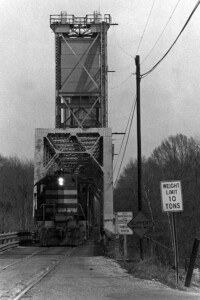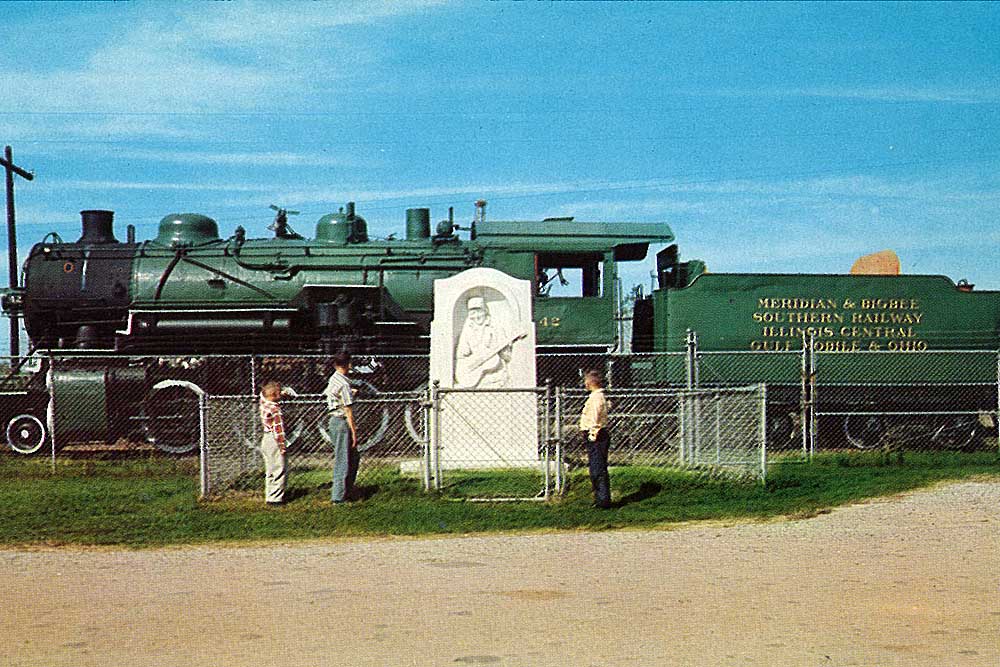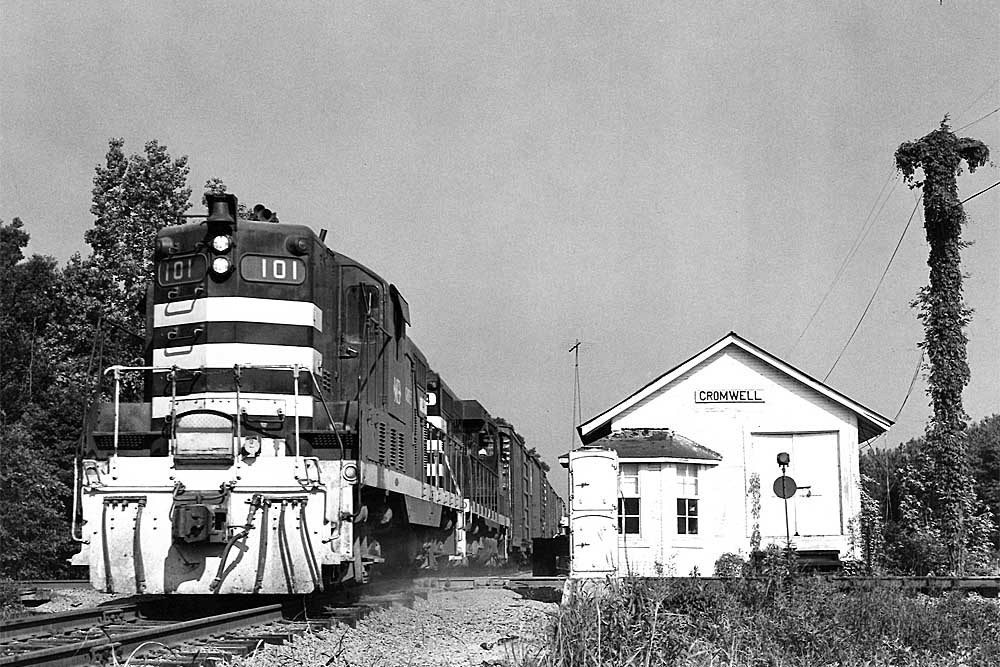
The Meridian & Bigbee Railroad “possessed all the credentials required for admittance to the Typical Southern Short Line Club,” wrote J. Parker Lamb in Trains’ July 1959 issue. Those included secondhand steam locomotives, a leisurely schedule, and insufficient revenue tonnage. Yet, the road was able to overcome those deficiencies to become a sought-after bridge route in the 21st century.
The M&B story starts on Jan. 24, 1917, with the charter of the Meridian & Bigbee River Railway. That road started operation between Meridian, Miss., and Cromwell, Ala., on April 16, 1928, more than a decade after it was chartered.
A bankruptcy trustee was appointed in July 1933 and the road was finally completed on Oct. 15, 1935, linking Meridian with Myrtlewood, Ala. The subsequent reorganization in 1942 resulted in its long-running name of Meridian & Bigbee Railroad.
The road dieselized in the early 1950s with blue-and-yellow EMD GP7s, which, according to Lamb, cut the 100-mile round-trip time from 7 hours to 5 hours. Then, it was owned by American Can Co., which also owned the Northern Paper Products mill on the Tombigbee River at Pennington, Ala., one of the largest customers on the road.
Meridian & Bigbee 2-8-0 No. 42 resides at Meridian as a monument to Jimmie Rodgers, the Mississippi Delta blues legend widely known as the Singing Brakeman for his onetime railroad employment.

By the mid-1990s the road was owned by Richmond, Va.-based paper producer James River Corp., which by then operated the Pennington paper mill. It had five diesel locomotives on its roster: GP7s 101, 103, and 105; GP9 104, and CF7 106. Additionally, rolling stock consisted of 621 boxcars and 95 hoppers cars. Its reporting marks were MB.
In late 2003, Meridian & Bigbee acquired two line segments from connection CSX Transportation under the new M&B Railroad banner. They consisted of 63.46 miles from Myrtlewood to Western Junction in Selma and 30.22 miles from there to Burkeville. CSX also granted trackage right from Burkeville 14 miles east to yard facilities in Montgomery. The trackage from Myrtlewood to Selma was former Louisville & Nashville, while the trackage from Selma to Burkeville (and Montgomery) was the western end of the former Western Railway of Alabama.
Shortline holding company Genesee & Wyoming acquired the expanded M&B in 2005.
On May 2, 2007, the M&B experienced what became its most famous incident. A bridge collapsed at Myrtlewood derailing a special train of rocket boosters moving from Utah to Florida for NASA. The special trains traversed the M&B on account of damage to CSX Transportation’s coastal route sustained during Hurricane Katrina in 2005. The derailment resulted in injuries to six crew members and the scrapping of escort car Warrior River. However, because of data collection devices accompanying the rocket boosters they were cleared for future use on space missions.
In June 2023, Canadian Pacific Kansas City and CSX announced plans to acquire and divide the Meridian & Bigbee for use as a direct interchange route, which the Surface Transportation Board approved in October 2024. CPKC will acquire the original M&B trackage west of Myrtlewood and CSX will reacquire its trackage east of Myrtlewood to Burkeville.














